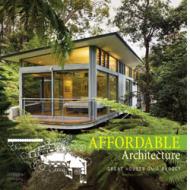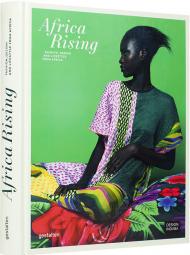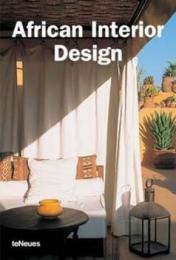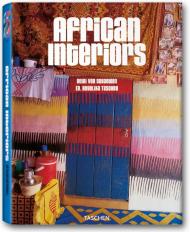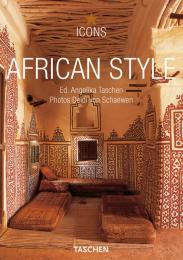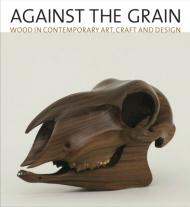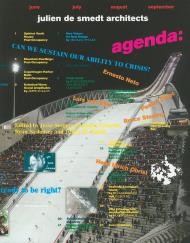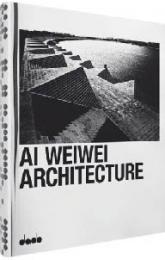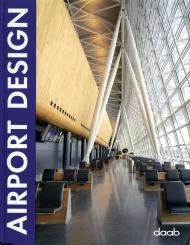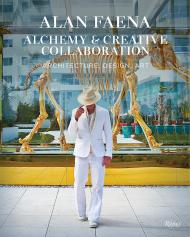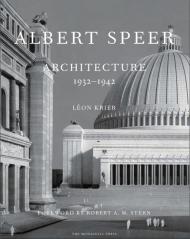Focusing on some of the most interesting conceptual technical trends in wood working today, Against the Grain includes approximately 65 vessels, sculptures, furniture, and installations, created since 2000, which provocatively defy categories and celebrate the visual dynamics of wood. The book demonstrates how contemporary creators have engaged the medium of wood in strategies that might be described as “postmodern,” employing mimicry, assemblage, virtuosity, and whimsy (with a serious purpose). Environmental issues also are prominently addressed. Artists represented include Derek Bencomo, Gary Carsley, Hunt Clark, Piet Hein Eek, David Ellsworth, Sebastian Errazuriz, Bud Latven, Mark Lindquist, Thomas Loeser, Sarah Oppenheimer, William Pope.L, Martin Puryear, Marc Andre Robinson, Laurel Roth, Betye Saar, Courtney Smith, Elisa Strozyk, Alison Elizabeth Taylor, and Ursula von Rydingsvard. Focusing on some of the most interesting conceptual technical trends in wood working today, Against the Grain includes approximately 65 vessels, sculptures, furniture, and installations, created since 2000, which provocatively defy categories and celebrate the visual dynamics of wood. The book demonstrates how contemporary creators have engaged the medium of wood in strategies that might be described as “postmodern,” employing mimicry, assemblage, virtuosity, and whimsy (with a serious purpose). Environmental issues also are prominently addressed. Artists represented include Derek Bencomo, Gary Carsley, Hunt Clark, Piet Hein Eek, David Ellsworth, Sebastian Errazuriz, Bud Latven, Mark Lindquist, Thomas Loeser, Sarah Oppenheimer, William Pope.L, Martin Puryear, Marc Andre Robinson, Laurel Roth, Betye Saar, Courtney Smith, Elisa Strozyk, Alison Elizabeth Taylor, and Ursula von Rydingsvard.
